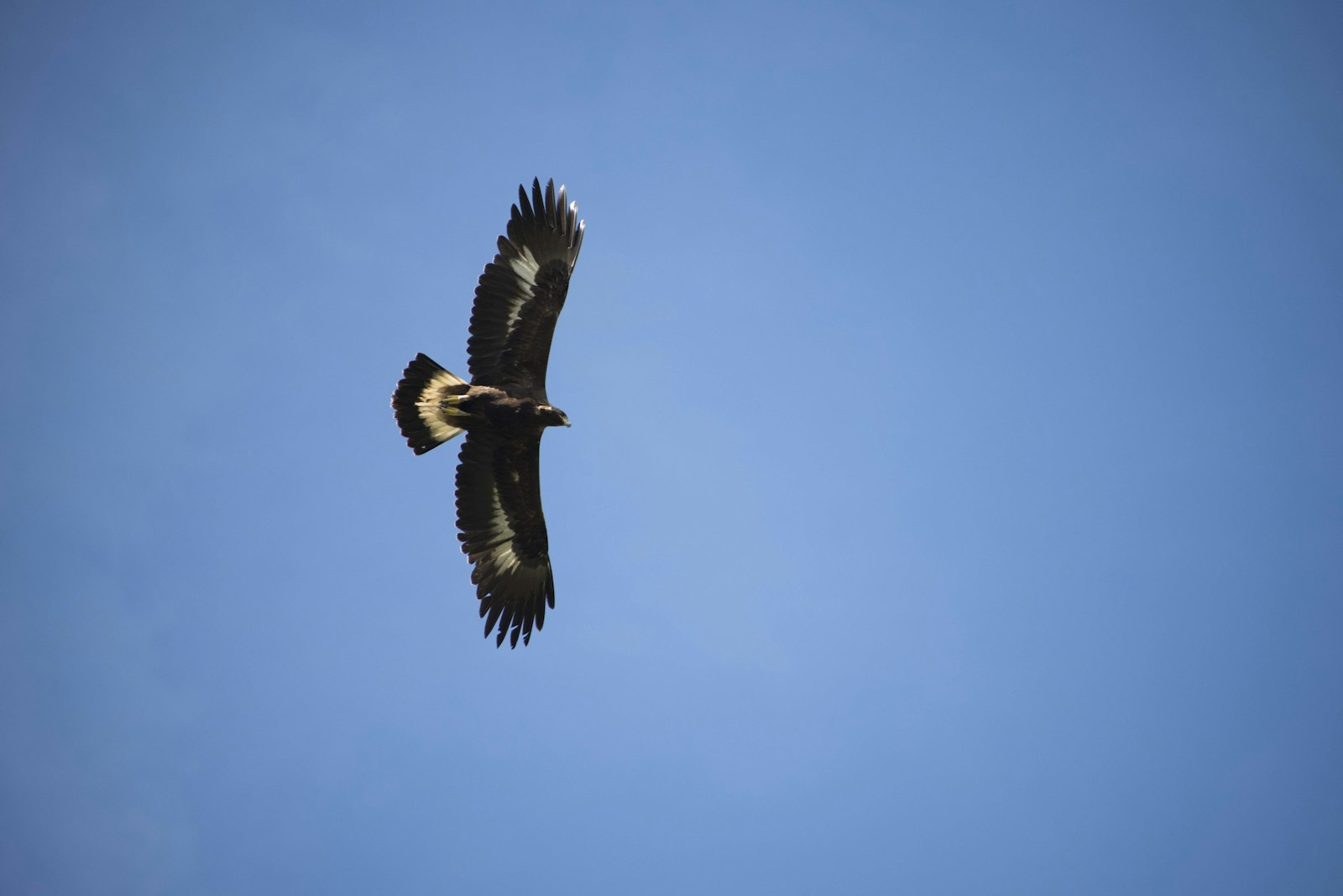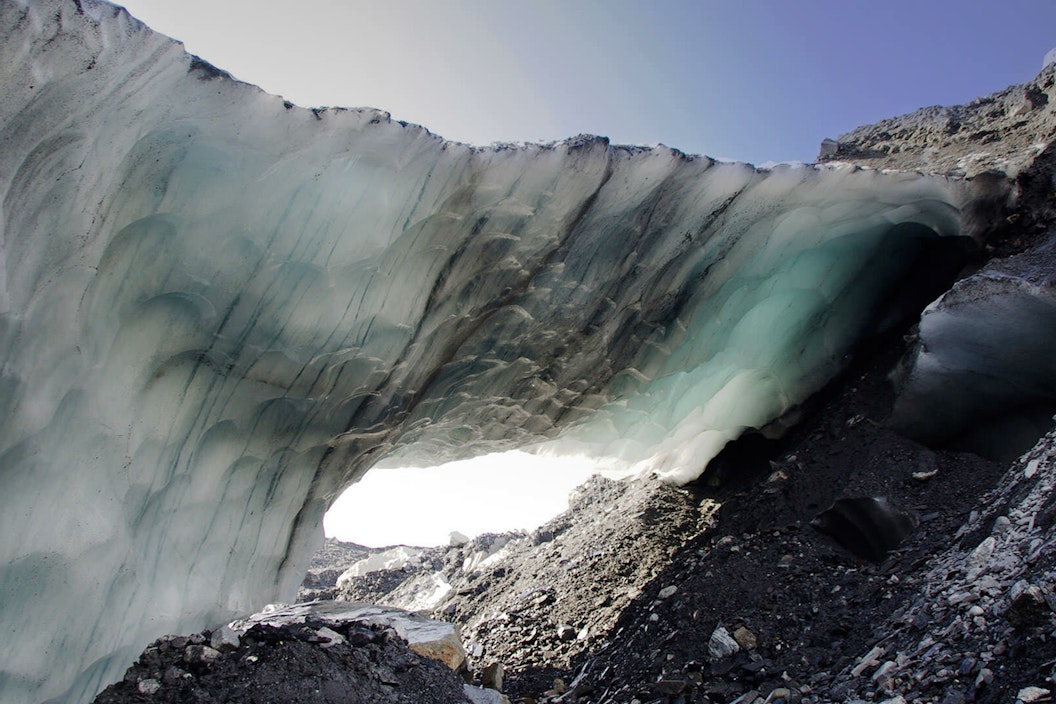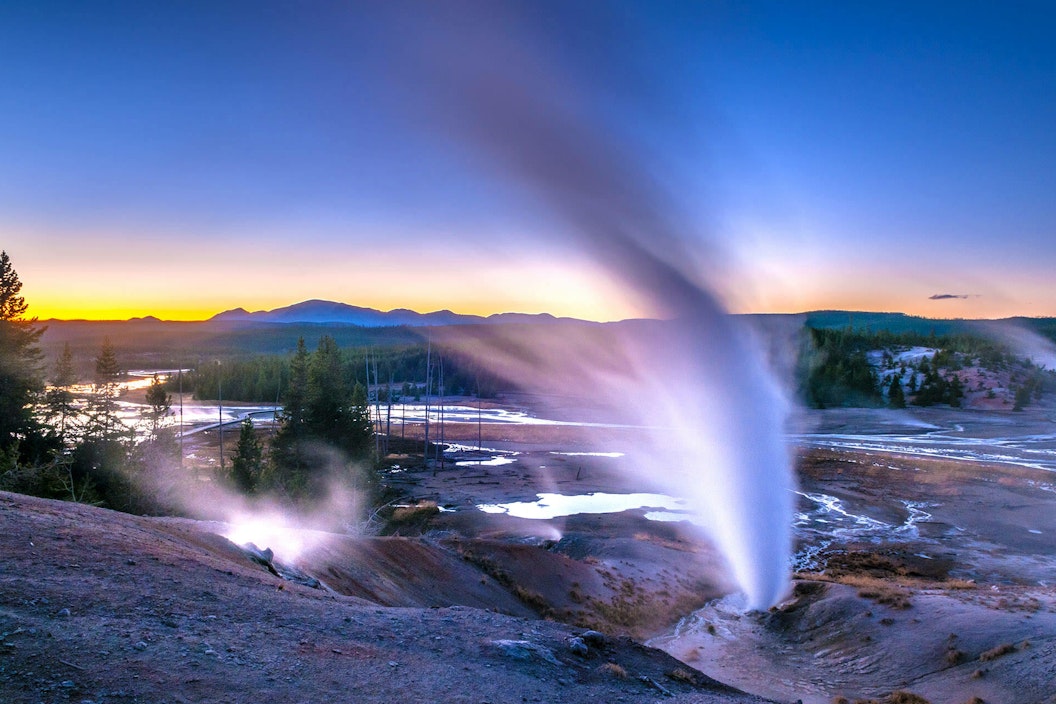

.
.
As the national symbol of the United States, the eagle embodies the grandeur of the country's wilderness and natural wonders, including over 85 million miles of land and water preserved by the National Park System. The National Park Foundation is proud to support projects that help protect the many species that make their home in our national parks.
The American golden eagle is an adaptive species that has been found to reside in various habitats across western North America, including the arctic tundra, arid desert, lush grassland, as well as forests, farmlands, and near rivers and streams. National park adventurers can find them at Denali National Park and Preserve. But in recent years, scientists have raised concern over conservation of the species, citing the potential for a decline in its population. There are many factors that could contribute to a decline in the birds’ population, including commercial development and human activity. With only four long-term studies of nesting golden eagles in North America ever conducted, scientists had many theories but very few answers.
Then, in 2011, a study was conducted that provided exciting news for wildlife biologists, bird watchers, and national park enthusiasts alike: 28 new eagle territories that were previously unknown were discovered at Yellowstone National Park! This was an encouraging development given that the park was previously thought to be inhospitable for the species. The finding that Yellowstone had a sizeable population of golden eagles made scientists reassess their previous assumptions and consider whether the park could serve as a refuge for a species whose habitat is being threatened elsewhere in Wyoming. While this initial discovery was exciting, scientists and park staff needed more data about how the golden eagles interacted with the rest of the Yellowstone ecosystem before drawing any conclusions.
In the wake of this finding, Yellowstone National Park embarked on 10-year study of the species within the park’s boundaries. The National Park Foundation provided funding for the final year of the study, conducted during summer 2020, which focused on monitoring the birds’ reproductive activity and population size. Scientists observed the nesting patterns of golden eagles, particularly in the northern range of the park, monitored availability of the golden eagle’s prey, and tracked survival, habitat use, and seasonal movements. The data gathered from the final, consecutive year of the study is important as it allows scientists to establish which factors may be affecting the reproductive rates of golden eagles in Yellowstone and ultimately, better understand the role the park and its staff can play in stabilizing the region's golden eagle population.
The information gathered from this study will help staff at Yellowstone National Park make informed decisions about how to care for the golden eagle population. Studies such as these give us a greater understanding of species like the golden eagle, and help us to make plans to protect them, but our learning is never done. Help the National Park Foundation continue to support wildlife studies and conservation efforts across the national park system by donating today.
Related Programs
-
 Wildlife
Wildlife


